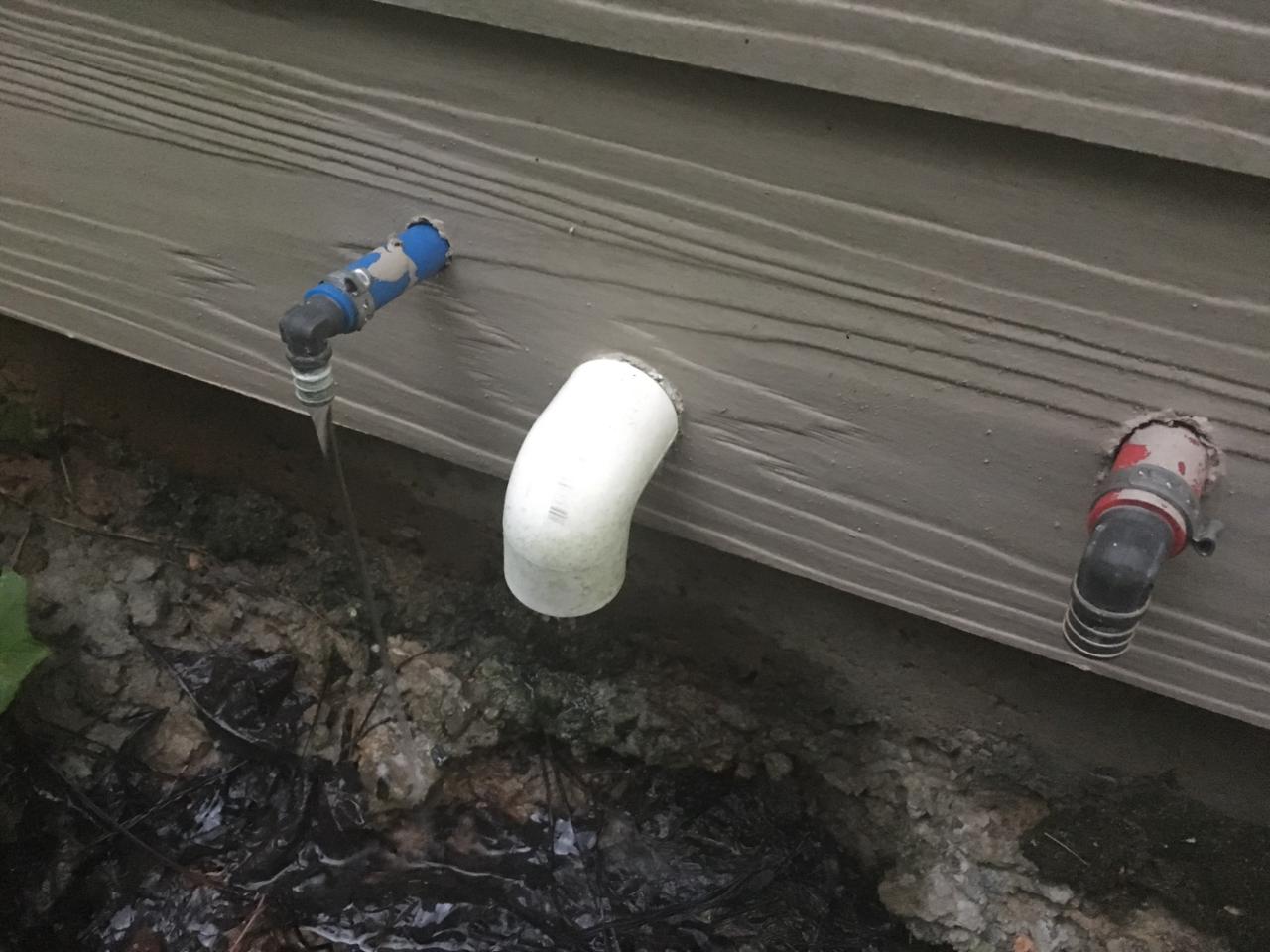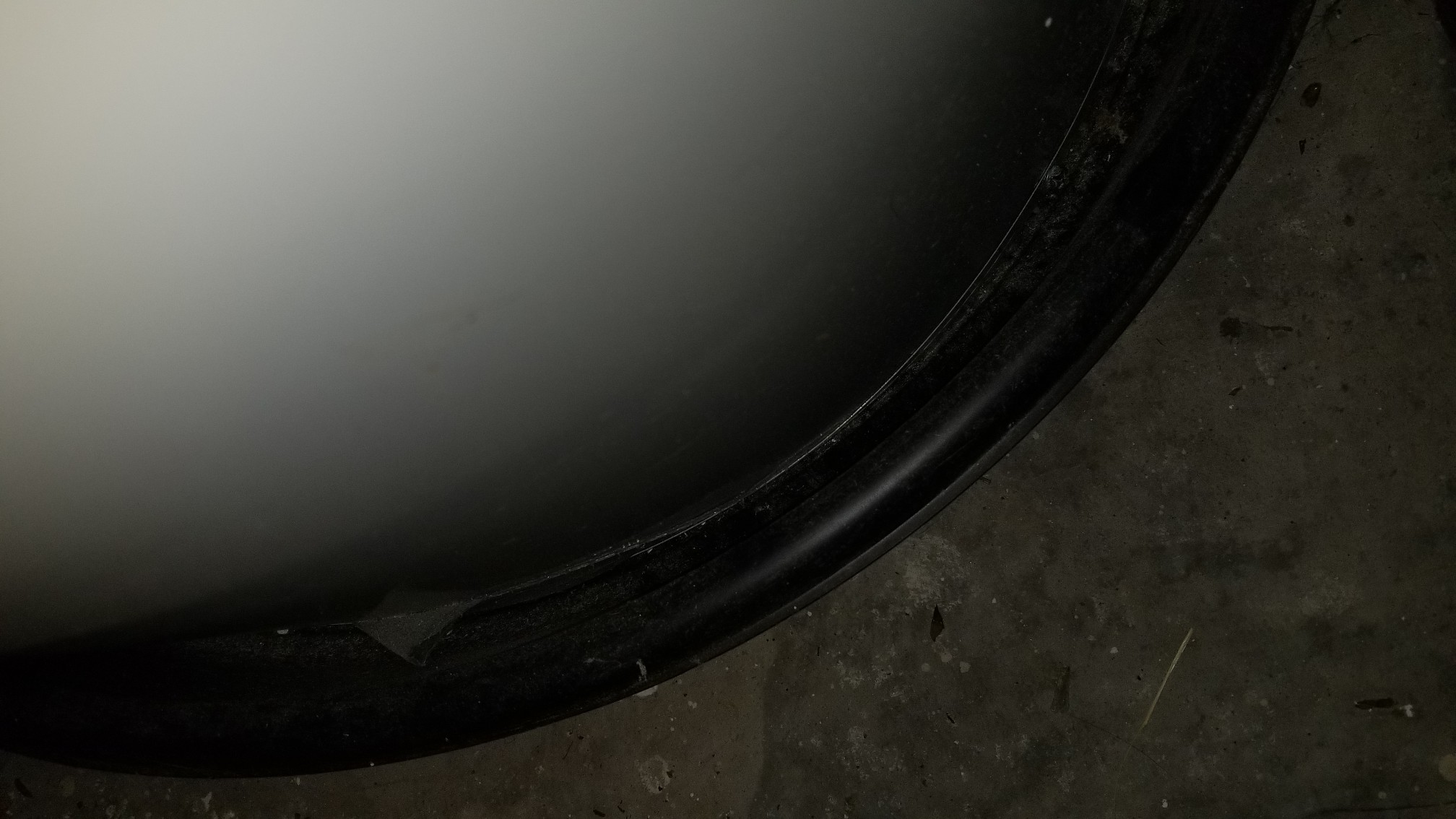It's a question of interpretation, maybe. I go right down the list, making sure I conform to (1), then (2), etc. When (5) says "Discharge to the floor, ..." I take that to mean after complying with (1) through (4). So in all cases, you must have an air gap in the same room as the water heater. If you want to ultimately get it outside, you run a drain from the catchment after the air gap. The reasoning behind this second most important rule is to ensure that a leaking TPR valve will be noticeable to anyone working on or near the water heater. As always, it depends on what your inspector wants (or allows).
This is not a list telling you that every thing on it has to be followed, it is a list giving you guide lines to follow for different applicartions.
#5 says. discharge to the floor, to the pan serving the water heater or storage tank, to a waste receptor or to the outdoors
if you will notice there is a ''comma' after the words 'floor' and 'tank'
Comma definition, the sign (,), a mark of punctuation used for indicating a division in a sentence, as in setting off a word, phrase, or clause, especially when such a division is accompanied by a slight pause or is to be noted in order to give order to the sequential elements of the sentence. It is also used to separate items in a list, to mark off thousands in numerals, to separate types or levels of information in bibliographic and other data, and, in Europe, as a decimal point.
what this means, is the sentence is giving you options
discharge to the floor,
to the pan serving the water heater or storage tank
to a waste receptor
to the outdoors
air gap,

if you will notice, an airgap is installed at the end of the indirect drain at the floor drain
it is not installed somewhere in the piping,
hope this helps













